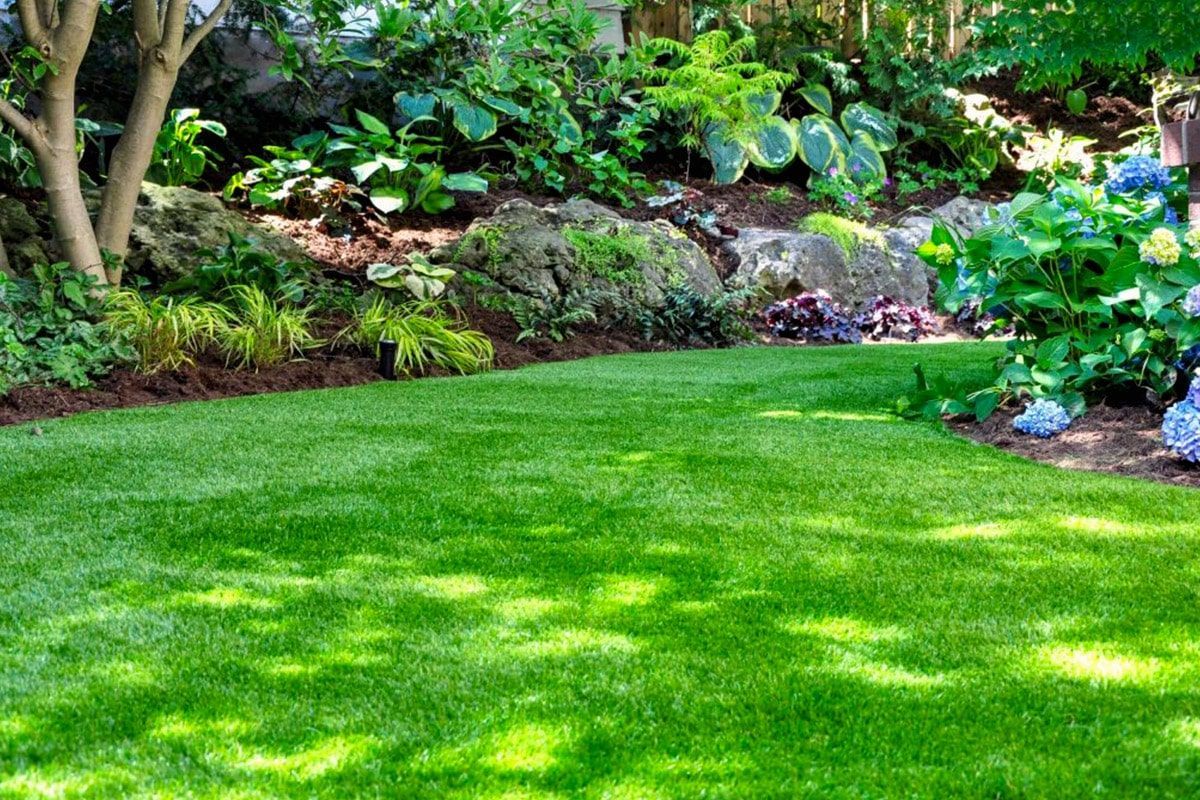Learn All About The Most Dangerous Weeds in the UK
With the UK serving as a haven for greenery, gardens and wildlife, harmful species can often flourish undisturbed. Certain invasive plants can pose a substantial threat to humans, animals and vegetation. Read on to learn more about the most dangerous weeds in the UK.
The Giant Hogweed
The Giant Hogweed is a highly invasive plant that is damaging to the health of both humans and animals. It is commonly found along the banks of rivers and sources of water where it can grow out of control, often killing off the plants and wildlife it overshadows. Hogweed produces a phototoxic sap that causes injury upon contact - it can leave burns, blisters, scars and disfiguring marks.
The Japanese Knotweed
Known as the Killer of Gardens, this plant can grow at an alarming rate and pass through concrete, building foundations, electrical cabling and piping – causing vast amounts of damage to homes and properties throughout the UK. It can also go undetected, remaining dormant for long periods of time.
Himalayan Balsam
Himalayan Balsam is another invasive plant that can cause widespread damage. It’s illegal to grow or cause the growth of this species - you could face criminal charges by even moving soil which contains its seeds and accidentally spreading them and its growth.
Monkshood/wolfsbane
Due to the pleasant appearance and vibrant purple colour of monkshood plants, their dangerous properties are often overlooked. However, this family of weeds are all extremely poisonous. While most severe poisonings happen as a result of ingesting monkshood, you can also easily absorb the poison through the skin.
Horsetail
Horsetail can grow up to 1.5 metres deep into the ground and multiply quickly. These plants can pose a nightmare for farmers, gardeners and property owners, as they regrow and regenerate quickly even when broken or damaged. Horsetail is also poisonous to grazing farm animals and plantations.
Himalayan Knotweed
This plant is capable of colonising roadsides and riverbanks to the detriment of the native flora. Commonly mistaken for Japanese Knotweed, the growth of this member of the Polygonaceae family should be controlled in a similar way.
Common ragwort
Common ragwort spreads via the wind, making it particularly difficult to deal with due to the unpredictability of its spread. This species contains toxic alkaloids which are poisonous to grazing animals and pets. Their seeds can remain active for up to 15 years once carried by the wind, giving you some idea of how long an infestation of this particular weed could last, grow and spread if not dealt with professionally and efficiently.
Get in touch with the professional team at GMCB Ltd for a comprehensive weed killing service that is available across Central Scotland. If your grounds suffer from weeds, our service is for you. For more advice on grounds maintenance and grounds care in Glasgow, please
contact us today.
















